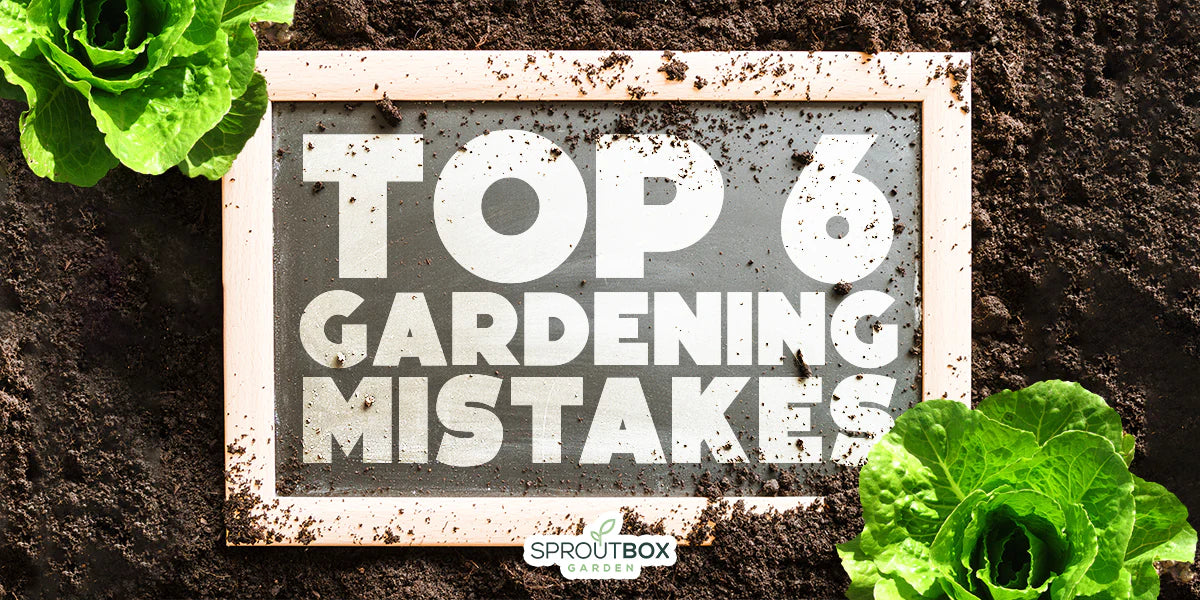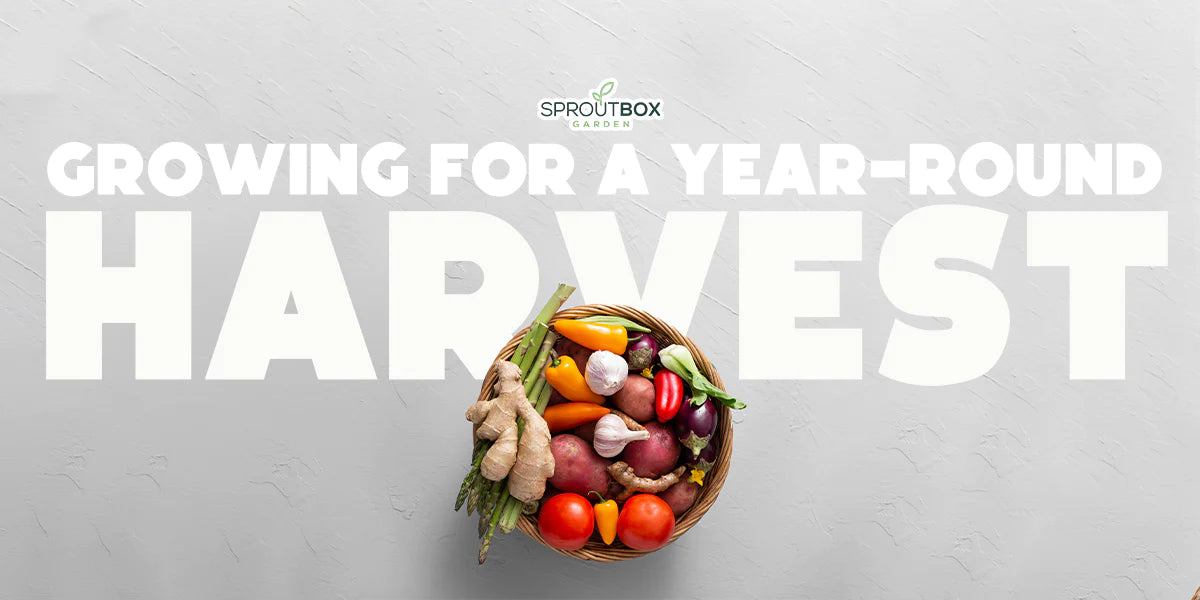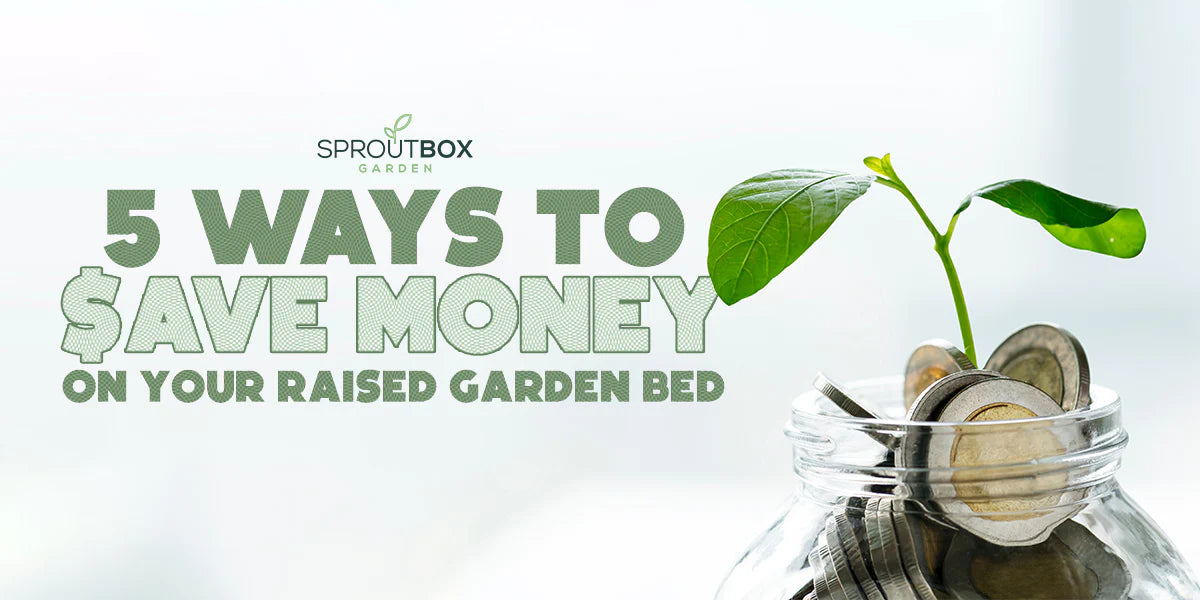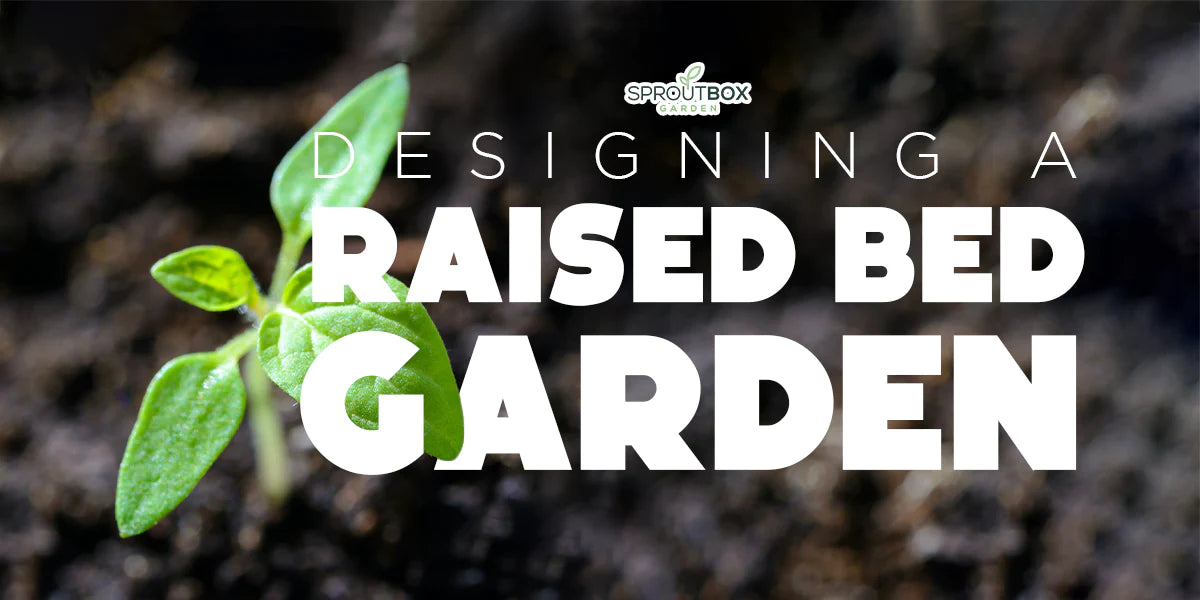January 07, 2022
Strategically Filling My Raised Bed, Keeping in Mind Plant Health, Cost, and Time
Sproutbox Garden’s modular raised beds offer plenty of convenience compared to other options. Easy to assemble and requiring drilling or cutting, our products offer the perfect space for raised bed gardening.
This saves the hassle of making a raised bed yourself, giving you everything you need to start growing your own plants.
Well, almost everything, as you’ll still need to fill the bed with soil!
This can appear daunting, as you need to use appropriate soil and choose the right amount to fill your raised bed. Doing so provides the best conditions for healthy plant growth, while saving you time and money.
Let’s take a closer look at strategically filling raised beds, keeping in mind things like plant heath, cost, and time.
Calculate How Much Soil You Need
Let’s get the toughest part out of the way first -calculating how much soil you need for a raised bed.
Thankfully, this is much easier than it appears, as you just need to know a few measurements of the raised bed. This includes the length, width, and height, which you multiply together to get the volume of soil needed.
Better still, our modular raised beds already have the measurements ready for you! Simply choose the bed, check the measurements, and multiply them together to get the right volume of soil to fill the planter.
Also, consider how many raised beds you are using. Buying in bulk is a great way to save money on soil, so if you’re going to use several raised beds be sure to check local suppliers for bulk discounts.
Choosing the Right Type of Soil
The type of soil you use will determine the overall health of anything growing inside the raised bed. Simply put, you want to use the best soil within your budget, as this guarantees the best growing conditions for healthy plants.
We recommend avoiding using potting soil, as this often lacks the dense nutritional content needed throughout the season. While good for individual pots and planters, it simply lacks the quality of soil needed for a raised bed.
Instead, consider a quality soil that is at least 40% compost, 40% soil, and 20% aeration.
This provides the raised bed with ample nutrients to cover the entire season. You can either buy soil that is part compost or combine soil and compost yourself to make the mix – this is a good way to save if you have some homemade compost.
When buying from a store, look for the 40-40-20 ratio, which includes 40% soil, 40% compost, 20% aeration material.
Filling to the Right Depth
Think about what plants you want to grow in the raised bed. Some plants grow at shallower depths, others prefer deeper conditions, and this will impact how much soil you’ll need to add.
For example, deep rooted plants like carrots, potatoes, and tomatoes will need at least 12 inches of soil, but preferably 18 inches. Shallow rooted plants, like lettuce and onions, only need a minimum of 6 inches.
Of course, the benefit of a raised bed is the ability to plan various crops at varying lengths. This means you can plant both shallow and deep-rooted plants – just make sure the bed has up to 18 inches of soil.
So, it certainly helps to consider what you are planting in the beds, as it could help you save money on soil. If you’re only growing shallow rooted plants, you’ll need far less soil!
Check out Sproutbox Garden’s modular raised garden beds for an easy way to fill your garden beds. They come with all the measurements you need to easily calculate the amount of soil for any raised bed!
Related Video






